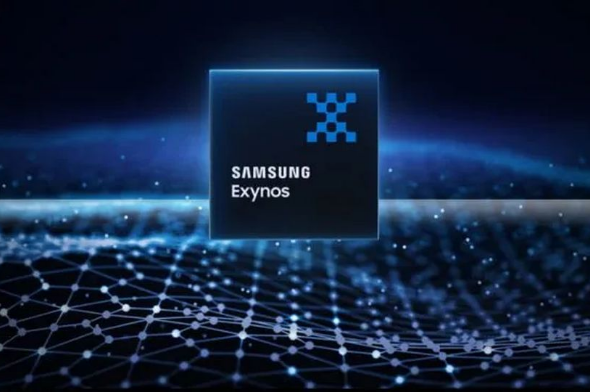Connection to DriversCloudCreate a DriversCloud.com accountReset your DriversCloud.com passwordAccount migration
Samsung and AMD hand in hand for the successor of the mobile processor Exynos 2100
The result of a partnership mentioned as early as spring 2019, the successor to the Exynos 2100 will highlight the ambitions of Samsung of course, but also of AMD, which keeps opening up horizons.
Remember, it is June 2019. AMD and Samsung - that until now not much seemed to link - announce " a multi-year strategic partnership " with as a first consequence, a license to use the RDNA architecture of the first granted to the second. At the time, no product was mentioned on Samsung's side, but Lisa Su - AMD's CEO - had stressed that the focus would be on mobile devices, smartphones at the top of the list, with an extension of "the scope of Radeon graphics solutions ".
Now, more than eighteen months later, we learn of the first consequence of this partnership. A consequence that does not have a name yet, since Samsung has simply mentioned the " successor of the Exynos 2100 ". Particularly powerful, the latest model of Exynos is at the heart of the Galaxy S21 smartphones of the South Korean. It should offer them excellent performance thanks to its clever mix of ARM cores: 1 high-performance Cortex-X1 core at 2.9 GHz, 3 more modest Cortex-A78 cores at 2.8 GHz and 4 low-power Cortex-A55 cores at 2.2 GHz. The idea is of course to exploit the cores according to the needs and to be able to reduce the consumption of the Exynos when it is not particularly solicited.
The graphics part of the Exynos 2100 is now entrusted to the Mali-G78 MP14 GPU. This is not a bad solution, on the contrary, but it does not allow Samsung to stand out from the competition because it is used by others. By making official the integration of a RDNA solution within its next generation of mobile SoCs, Samsung intends to regain the advantage and overtake the Adreno GPUs found at the heart of Qualcomm's Snapdragon SoC. It is therefore a first announcement, but we will of course follow the developments very closely.





